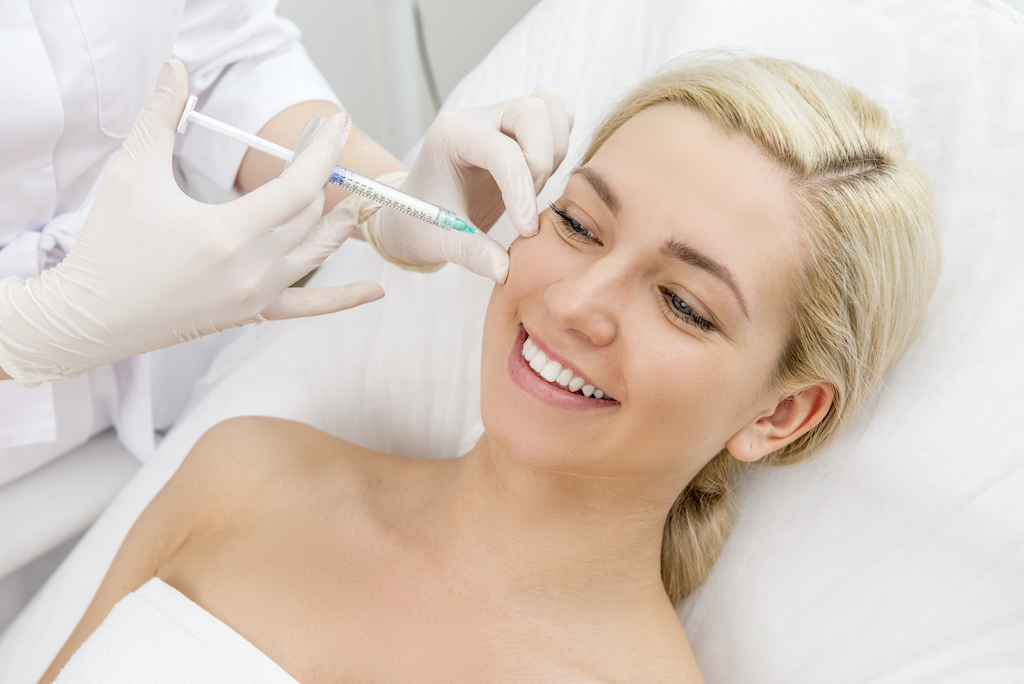Dr. Samuel Lin is a double board-certified Plastic Surgeon and Associate Professor of Surgery at Harvard Medical School who practices in Boston, Massachusetts. Dr. Lin received his Bachelor’s degree in Biomedical Engineering at Northwestern University and was enrolled in the Honors Program for Medical Education at Northwestern University, Feinberg School of Medicine, Chicago, Illinois. He then completed a five-year residency in Otolaryngology-Head and Neck Surgery followed by a three-year residency in Plastic and Reconstructive Surgery at Northwestern Memorial Hospital. This was followed by a one-year fellowship appointment in Microvascular Reconstructive Surgery at the world-renowned University of Texas M.D. Anderson Cancer Center in Houston, Texas. Throughout the course of his training, Dr. Lin gained state-of-the-art skills in a multitude of reconstructive and cosmetic procedures with his background in Head and Neck Surgery providing him with additional expertise in Plastic and Reconstructive Surgery. He has also been named a Top Influencer in #PlasticSurgery.
 Photo Credit: Shutterstock
Photo Credit: Shutterstock
HB: What is a non-surgical nose job?
A non-surgical nose job typically involves the addition of filler material (e.g. Juvederm, Restylane) that is commonly used in other areas of the face to treat asymmetries or change the shape of the nose temporarily.
HB: What is the non-surgical nose job procedure like?
The non-surgical nose job It is an outpatient office procedure that does not involve general anesthesia.
HB: What kind of issues does a non-surgical nose job fix?
Great question. There are more areas that rhinoplasty surgeons have now used filler material to treat of the nose. Those examples include softening areas of asymmetries of the nose, lessening the appearance of a 'bump' of the bridge of the nose, filling in areas of concavities in the central /side areas of the nose.
HB: Why would patients opt for a non-surgical nose job versus a surgical one?
For those who do not want to have a surgery of the nose and recovery, non-surgical rhinoplasty may possibly be an option.
 Photo Credit: Shutterstock
Photo Credit: Shutterstock
HB: What is recovery like?
Recovery is similar to filler placement in other areas of the face. It may result in mild bruising and swelling in the area that recovers over a week.
HB: What is the cost?
It depends on the areas being treated and the amount of filler material used. These costs may range from $1000 - $2000 depending on the areas treated and practice fee.
For more information, visit Dr. Samuel Lin's social media:





















